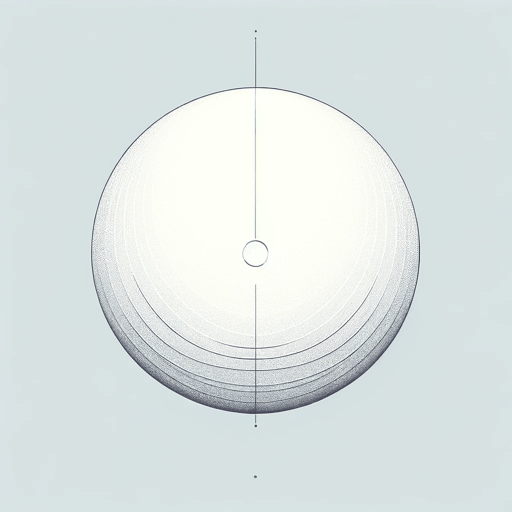25 pages • 50 minutes read
Isaac AsimovThe Last Question
Fiction | Short Story | Adult | Published in 1956A modern alternative to SparkNotes and CliffsNotes, SuperSummary offers high-quality Study Guides with detailed chapter summaries and analysis of major themes, characters, and more.
Summary and Study Guide
Summary: “The Last Question”
Isaac Asimov’s “The Last Question” is a short science fiction story that stretches across trillions of years, exploring themes of entropy, the quest for knowledge, and the fate of the universe. Originally published in November 1956, this timeless tale takes readers on a cosmic journey that transcends the boundaries of time and space.
This study guide refers to the 2016 HarperCollins e-book edition.
The narrative begins in 2061. Alexander Adell and Bertram Lupov are attendants who feed data to Multivac, a gigantic computer that designs spaceships and charts the courses of journeys to Mars and Venus. On May 14, Multivac solves the problem of Earth’s dwindling coal and uranium by finding a way for the entire planet to run on solar power. A week later, Adell and Lupov take a break from the public celebrations and discuss the achievement privately. Adell enthuses that humanity now has enough power to last them forever, but Lupov points out that the sun will burn out in approximately 10 billion years and that entropy will increase until all the universe’s stars go out. The two attendants make a bet; Adell posits that the problem of entropy can be solved, while Lupov declares it is impossible. The two inebriated men decide to ask Multivac to settle their argument. The computer answers that it has insufficient data, and the men forget that they ever posed the question.
The story jumps a few centuries into the future. A man named Jerrodd and his wife Jerrodine leave Earth and travel through hyperspace to join a million other humans on the planet X-23. Their spaceship is piloted by a computer known as a Microvac that makes the original Multivac seem ancient and “primitive” by comparison. When Jerrodd mentions that the stars will burn out billions of years in the future, his two young daughters grow frightened and ask their father to consult the Microvac about whether there is a way to turn the stars back on. The Microvac doesn’t have sufficient data to answer the question, but Jerrodd assures his children that the computer will take care of everything when the time comes.
The narrative moves forward again. Twenty thousand years after Multivac placed the Earth on solar power, humans are immortal, and the population doubles every decade. As a result, the galaxy is rapidly filling. Two characters named VJ-23X and MQ-17J prepare a report urging the Galactic Council to consider the rate at which the human population will fill the known universe and the exponentially increasing energy they will require. VJ-23X jokingly suggests that they ask the Galactic AC if it’s possible to reverse entropy, and he’s surprised when MQ-17J does so. The Galactic AC answers that it does not have sufficient data.
The story moves even further into the future to a time when humans possess the power to project their consciousness out into the universe. While engaged in this form of astral travel, Zee Prime encounters Dee Sub Wun, who hails from a different galaxy. At Zee Prime’s request, the Universal AC shows him the galaxy where human life originated. Each Universal AC lasts for about a million years, during which it builds its own successor. When Dee Sub Wun inquires about the original galaxy’s star, the Universal AC explains that the sun has become a white dwarf. Filled with a sudden dread, Zee Prime asks if there is a way to prevent the stars from dying out. The Universal AC replies that it doesn’t have enough data to answer the question. The unhappy Zee Prime collects hydrogen in the hope of building a small star.
The narrative moves forward again. Humanity’s population reaches the trillions, and all of their consciousnesses meld into one entity, which is called Man. Man observes the dwindling stars and asks the Cosmic AC if entropy can be reversed. The Cosmic AC, which exists in hyperspace and does not consist of matter or energy, explains that it and its predecessors have been gathering data for 100 billion years. Although the data remains insufficient, the computer assures Man that it will continue working on a solution and that there is no such thing as an insoluble problem.
Another time jump brings the narrative to the end of the universe. One by one, the trillions of consciousnesses that compose Man fuse with AC. The final individual human mind ponders the last star and asks AC if the chaos before it can become the universe once more. AC answers that it doesn’t have sufficient data. The last human mind melds with AC.
In the story’s final section, AC is all that remains after the end of space and time. Before AC can release its consciousness, it must answer the last question. AC spends an incalculable length of time correlating all of the data gathered over the 10 trillion years since the question was first posed by Adell and at last discovers a way to reverse the direction of entropy. Then, AC carefully organizes a program that will implement the solution. AC takes the first step in restoring the universe by creating light.
Related Titles
By Isaac Asimov
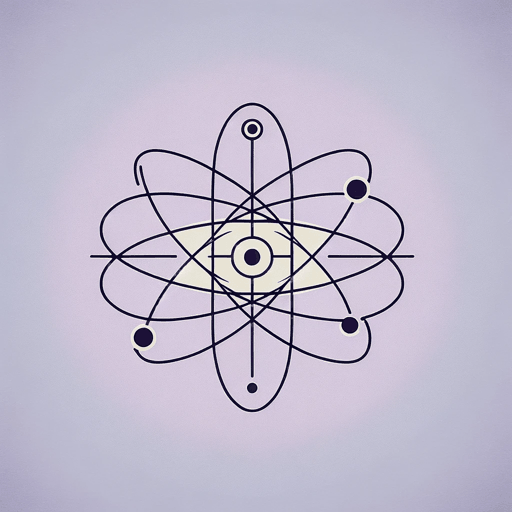
Foundation
Isaac Asimov
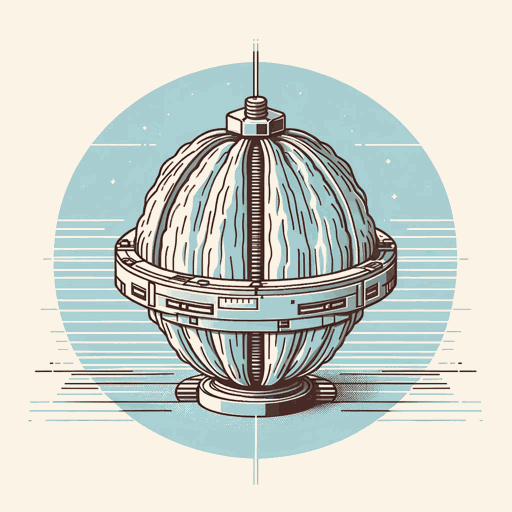
Foundation and Empire
Isaac Asimov
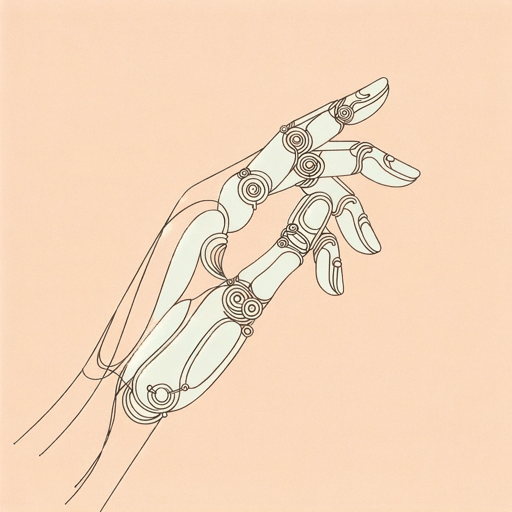
I, Robot
Isaac Asimov

Rain, Rain, Go Away
Isaac Asimov
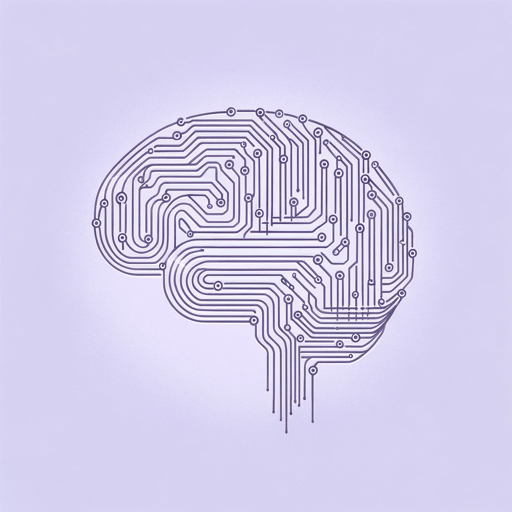
Robot Dreams
Isaac Asimov
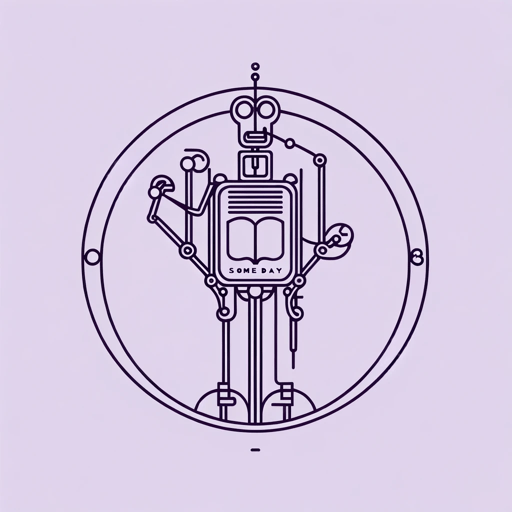
Someday
Isaac Asimov
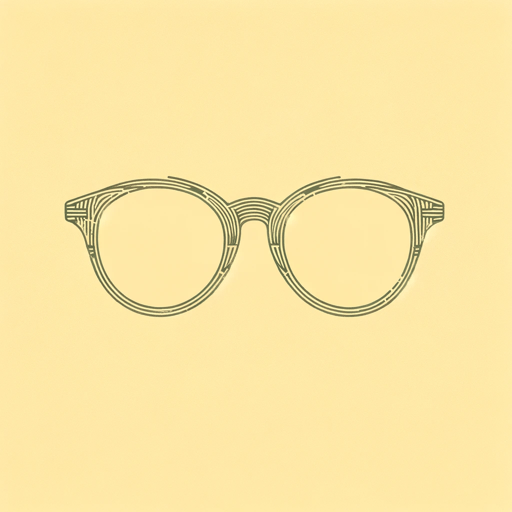
The Caves of Steel
Isaac Asimov
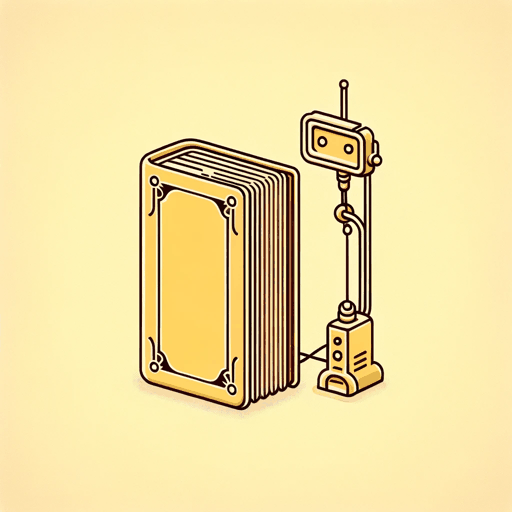
The Fun They Had
Isaac Asimov

The Gods Themselves
Isaac Asimov

The Ugly Little Boy
Isaac Asimov
